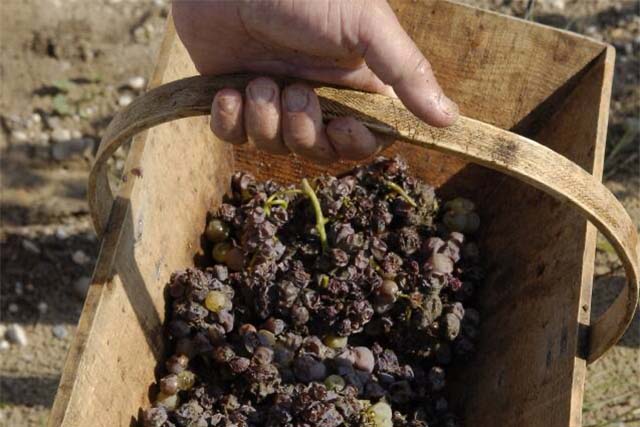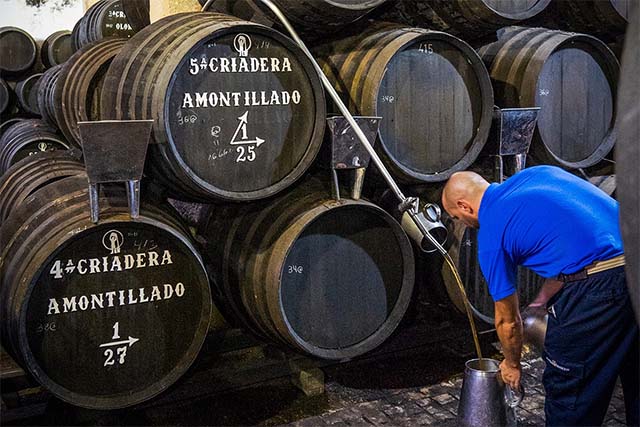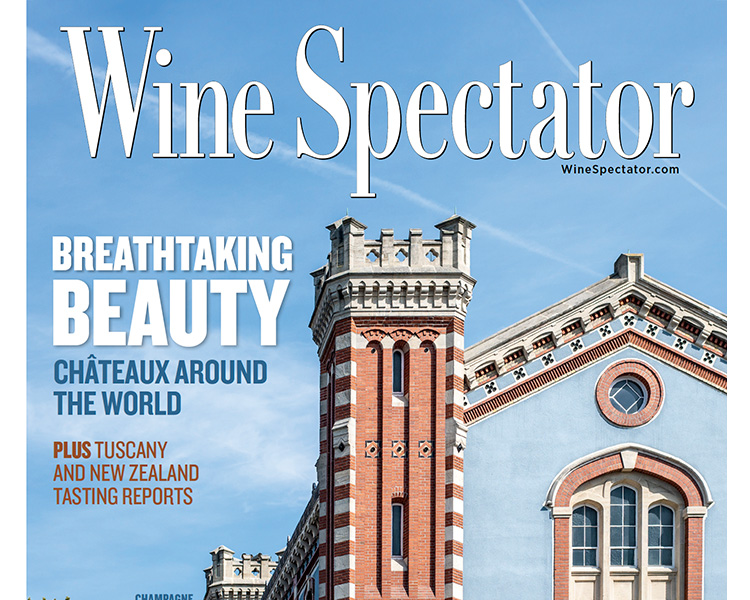Interesting Wine Facts from Around the World
#Fact 1: Chateau d’Yquem: Harvesting berry by berry.

Chateau d’Yquem is the most celebrated Sauternes in the world, a reputation earned by dedication to quality above all other considerations. Perhaps the best example: this blend of 80% Semillon and 20% Sauvignon Blanc is harvested one grape at a time. Not just single clusters. Single GRAPES. Most wineries harvest grapes by “block.” Blocks are comprised of same or complementary varietals growing together in like conditions, and thus expected to ripen at the same time. Imagine harvesting not just row by row, or vine by vine…but individual grape by grape, selecting only those that are fully botrytized. While Botrytis cinerea is considered a blight among most grape and other fruit growers, it is known as “noble rot” at Chateau d’Yquem—the fungus that allows for the concentrated sugar levels necessary to ferment wine worthy of their name. An average vintage requires five or six “passes” through the vineyard of more than 200 pickers. On years where the harvest begins late, this might become ten or more passes—with winter fast approaching. Not for the faint of heart! Still, if a grape is not perfect, it is not picked—accounting for d’Yquem’s famously low yields and perhaps the reason they hold the record for the world’s most expensive bottle of white wine: a bottle of the 1811 vintage which sold in 2011 for $117,000.
# Fact 2: Champagne: Why is it often nonvintage?

Answer: to maintain a consistent “house” style. “Nonvintage” simply means that wines harvested during different years are blended after fermentation. While some Champagne producers let every individual vintage speak—as we do here at Limerick Lane with our still reds and rosés—many prefer to maintain consistency of flavor and style between vintages. This is a pragmatic approach—if a consumer prefers a dry, rich, toasty champagne, and have found Bollinger to his or her liking, that will remain true year after year, whereas those who seek a lighter, elegant bubbly with a touch of sweetness might choose Taittinger. Blending vintages also provides a safeguard against the vagaries of nature. If an “easy” year, with excellent yields of perfectly ripened fruit happens to be followed by a more challenging vintage, no matter. The best elements of each can be chosen for the final bottling, et voilà! C’est délicieux!
# Fact 3: Solera aging system: What is it, and why?

Also known as fractional blending, solera takes the year-by-year nonvintage blending commonly used by Champagne houses and extends it over decades to create Port wines, sherries, and other non-wine products such as balsamic vinegar. A solera system is generally comprised of a vertical stack of casks, often five high (but sometimes more), in which the bottom row contains the oldest product, with the new wine or vinegar being added to the top casks each vintage. Then, every year, a percentage of the wine or vinegar in the lowest casks is drawn off and bottled, allowing that same amount to be added from the casks directly above, and so on up the stack. While this system requires a lot of barrels, patience, and the self-control necessary to bottle only a percentage of wine that is ready, it allows for consistency, and creating an “overall average age” of the finished product relieves producers of the need to barrel age each vintage, independently, for a set number of years.
#Fact 4: Head-pruned vs. trellised vineyards: what’s the difference?

Sonoma County boasts a rare range of vineyard styles. Some stand tall and neat as regiments, whereas others sprawl low and seemingly untidy. The first variable is age. Most older zinfandel vineyards were head-trained—the stand-alone vines that grow in a goblet shape–because the tensile strength of the canes works well with that style of canopy management (the canes point up and don’t flop all over the place like other varieties like Syrah). Head-trained vines self-support, a practical consideration 100 years ago, when trellising didn’t exist and even rudimentary support systems, such as stakes, would have been cost-prohibitive for most. An added benefit was the fruit set closer to the ground, and could benefit from the soil’s ambient heat. Limerick Lane’s head-pruned zinfandel vineyards are grafted onto St. George rootstock—one of the earliest rootstocks, used to combat phylloxera.
Modern vineyard management techniques have brought myriad options to new vineyard planting. There are many trellis systems, the primary categories being two-dimensional vs. three-dimensional structures. Two-dimensional systems are comprised of wires strung parallel vertically, whereas three-dimensional systems also have horizontally parallel wires to train vines outward as well as up and down. The choice of which system to use is made based on site-specific factors such as sun exposure, soil fertility, varietal being grown, and how much—or how little—crop is desired per acre.
# Fact 5: A bit of wine barrel history.

Going back to the Old Testament, we find wines made and stored in earthen jugs and animal skins—goat being most common. Wine made and shipped in baskets made of palm wood are referenced by early writers such as Herodotus, but the barrel as we know it today most likely grew from the open-topped casks developed in France during the Iron Age. Today, wine is most commonly fermented in tanks then moved into barrels for aging. In antiquity, as now, grape juice could not be fermented in closed vessels because the pressure created by carbon dioxide—a byproduct of the fermentation process—would cause them to crack. So, the French created open-topped barrels and only nailed the lid into place after fermentation was complete. This way, the wine could be shipped in the same container in which it had been made—a necessity in times before electric pumps, which make moving wine between tanks and barrels not only possible but cost effective. Modern wineries use oak barrels during the maturation of their wines—the period between fermentation and bottling. Wood is naturally porous, and allows a very small amount of oxidation to occur—just enough to allow for the rich nuttiness and vanilla undertones of the toasted oak to balance the natural fruit flavors of the wine as it ages.


